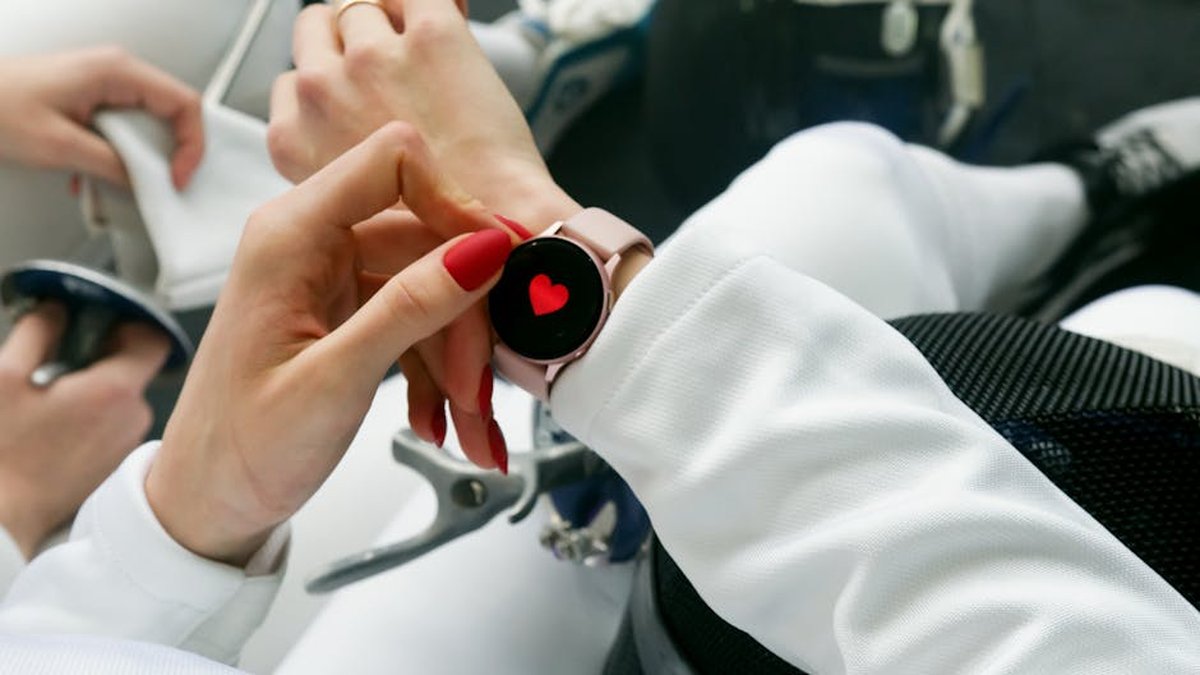Beyond the Apple Watch: Exploring Advanced Heart Rate Variability (HRV) Monitoring for Better Recovery
Understanding Heart Rate Variability (HRV)
Heart Rate Variability (HRV) is a measure of the time interval variation between consecutive heartbeats. It’s not just about how fast your heart beats; it’s about the subtle fluctuations in timing. These fluctuations are controlled by your autonomic nervous system (ANS), which regulates many bodily functions, including heart rate, blood pressure, breathing, and digestion.
A high HRV generally indicates that your body is resilient and adaptable, ready to handle stress and perform at its best. A low HRV, on the other hand, can suggest that your body is under stress, fatigued, or struggling to recover. Understanding your HRV can provide valuable insights into your overall health, fitness, and recovery levels.
Why Look Beyond the Apple Watch?
While the Apple Watch offers basic HRV tracking, it’s not always the most comprehensive or accurate. Here’s why you might want to explore more advanced options:
- Data Granularity: The Apple Watch often provides limited HRV data, sometimes only during sleep or sporadic readings. Advanced monitors offer continuous or more frequent measurements.
- Data Analysis: The Apple Watch’s built-in analysis is relatively basic. Specialized HRV platforms offer deeper insights, personalized recommendations, and trend tracking.
- Accuracy: While Apple Watch’s heart rate sensor is generally good, dedicated HRV monitors, especially those using chest straps, often provide more accurate and reliable data.
- Specific Use Cases: For athletes or individuals with specific health concerns, more detailed HRV information is crucial for optimizing training, managing stress, and identifying potential health issues.
Advanced HRV Monitoring Tools and Technologies
Several advanced HRV monitoring tools and technologies are available, each with its strengths and weaknesses.
Chest Strap Monitors
Chest strap monitors are generally considered the gold standard for HRV measurement. They use electrocardiography (ECG) technology to capture the electrical activity of the heart, providing highly accurate and reliable data. Examples include:
- Polar H10
- Garmin HRM-Pro
- Wahoo TICKR X
Dedicated HRV Devices
Some devices are specifically designed for HRV monitoring and analysis, offering advanced features and insights. Examples include:
- Elite HRV
- Oura Ring (also tracks sleep)
- Whoop Strap
Software and Apps
Regardless of the device you choose, you’ll need software or an app to analyze your HRV data. Some popular options include:
- Elite HRV app
- Kubios HRV
- TrainingPeaks
Using HRV Data to Improve Recovery
Once you have accurate HRV data, you can use it to optimize your training and recovery. Here are some practical tips:
- Track Your Baseline: Establish a baseline HRV by monitoring your data for several weeks. This will help you identify significant deviations from your norm.
- Monitor Daily Changes: Pay attention to daily fluctuations in your HRV. A significant drop could indicate that you’re overtraining, stressed, or getting sick.
- Adjust Training Intensity: Use HRV data to guide your training intensity. If your HRV is low, consider taking a rest day or doing a lighter workout. If your HRV is high, you may be ready for a more challenging session.
- Optimize Sleep: HRV can be a valuable tool for assessing sleep quality. Experiment with different sleep strategies to see how they affect your HRV.
- Manage Stress: Practice stress-reducing techniques, such as meditation, yoga, or deep breathing, and monitor how they impact your HRV.
- Monitor the impact of nutrition: Experiment with different foods and supplements to see how they affect your HRV. Poor nutrition can have a negative impact on your HRV, so it’s important to eat a healthy diet.
Practical Example: Optimizing Training with HRV
Imagine you’re training for a marathon. Using an advanced HRV monitor, you notice that your HRV has been consistently lower than your baseline for the past three days. This suggests that you’re overtraining and need to adjust your training plan. Instead of pushing through with a scheduled long run, you decide to take a rest day. The next day, your HRV has improved, and you’re able to complete a shorter, less intense run without further compromising your recovery.
Conclusion
While the Apple Watch offers a convenient entry point to HRV tracking, exploring advanced HRV monitoring tools can provide deeper insights and more accurate data for optimizing your recovery, fitness, and overall well-being. By understanding and utilizing your HRV, you can make informed decisions about your training, stress management, and lifestyle choices, ultimately leading to improved performance and a healthier, more resilient you. Take control of your health today! Start monitoring your HRV.






